Digital Photography -
Photographing at Night

Digital Photography
Photographing at Night


/en/digitalphotography/composing-your-shot/content/
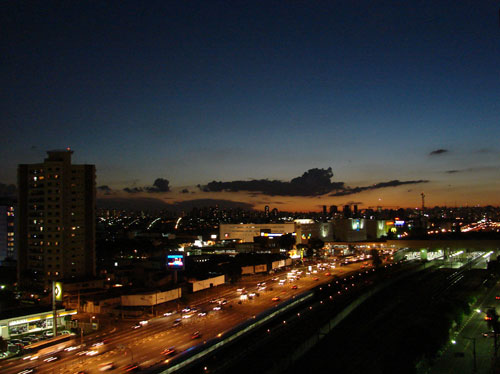 A photo taken at night
A photo taken at nightTaking photos at night can be a challenge because your camera doesn't have as much light to work with. Common problems include photos that are blurry (due to a slow shutter speed), grainy (due to a higher ISO number), or dark (if your camera can't compensate for the low light). If your camera has a built-in flash, it can add a lot more light but can also be harsh and unflattering.
In the photo below, the camera tried to reduce blurriness by increasing the ISO number. However, this added a lot of image noise (or graininess). Keep in mind that you may not be able to spot these types of problems with your camera's LCD screen; they are much more noticeable when photos are viewed at full size.
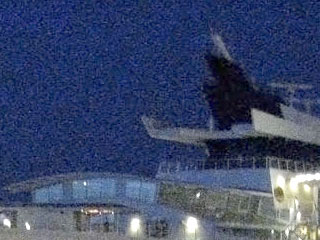 A photo with a lot of image noise
A photo with a lot of image noiseDepending on what kind of camera you have, you may find that it takes pretty good photos even in low-light situations. However, if you notice that the photos are coming out blurry or dark, you can try some of the tips below to get better results.
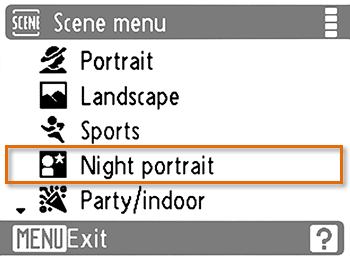 Selecting the Night Portrait scene mode
Selecting the Night Portrait scene mode A photo taken with flash
A photo taken with flash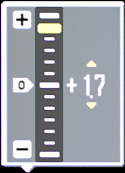 Adjusting the exposure compensation
Adjusting the exposure compensation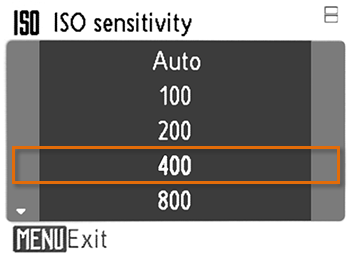 Manually raising the ISO number
Manually raising the ISO numberGenerally, DSLR cameras are better than point-and-shoot cameras in low-light situations. This is because they have larger lenses and sensors that can capture more light.
/en/digitalphotography/capturing-motion/content/